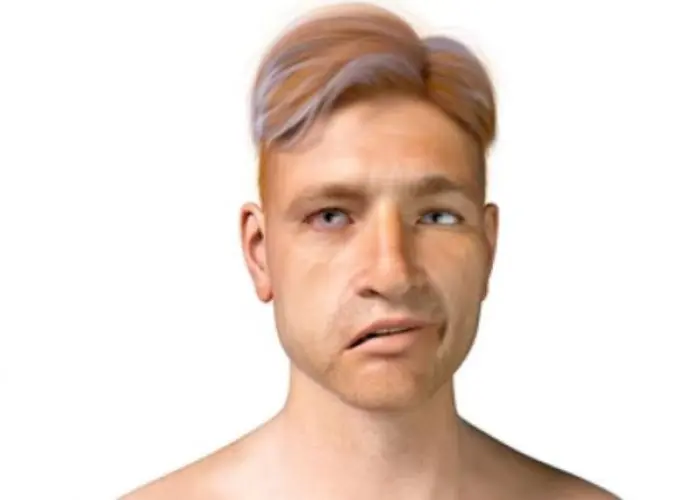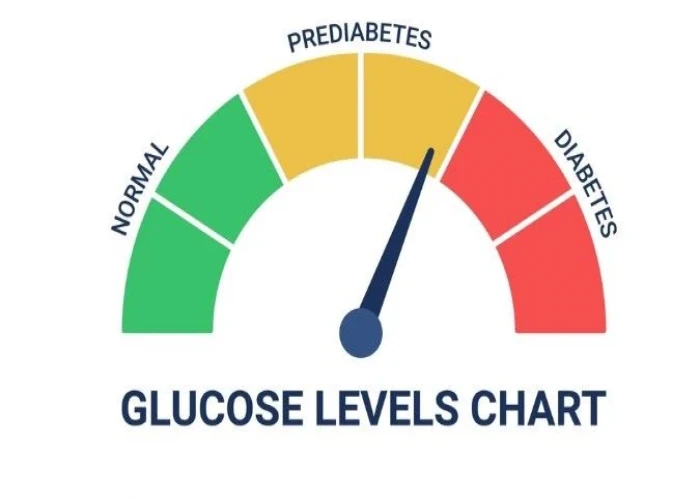 Welcome
Welcome
“May all be happy, may all be healed, may all be at peace and may no one ever suffer."
Bell's palsy

Bell's palsy is a condition that causes sudden, temporary weakness or paralysis of the muscles on one side of the face. It is believed to be caused by inflammation or swelling of the facial nerve, which controls the muscles of the face. Symptoms may include drooping of the mouth, difficulty closing the eye on the affected side, and drooping of the eyebrow. Treatment may include corticosteroids to reduce inflammation, antiviral medication if a viral infection is suspected, and physical therapy to help improve muscle strength and function. Most people with Bell's palsy make a full recovery within a few months, although some may experience long-term effects.
Research Papers
Disease Signs and Symptoms
- Facial bone deformities
- Facial weakness or numbness
- Jaw pain
- Headaches
- Loss of taste
- Rapid onset of mild weakness to total paralysis on one side of the face.
- Facial droop and difficulty making facial expressions, such as closing your eye or smiling
- Pain around the jaw or in or behind your ear on the affected side
Disease Causes
Bell's palsy
Although the exact reason Bell's palsy occurs isn't clear, it's often related to having a viral infection. Viruses that have been linked to Bell's palsy include viruses that cause:
- Cold sores and genital herpes (herpes simplex)
- Chickenpox and shingles (herpes zoster)
- Infectious mononucleosis (Epstein-Barr)
- Cytomegalovirus infections
- Respiratory illnesses (adenovirus)
- German measles (rubella)
- Mumps (mumps virus)
- Flu (influenza B)
- Hand-foot-and-mouth disease (coxsackievirus)
The nerve that controls your facial muscles passes through a narrow corridor of bone on its way to your face. In Bell's palsy, that nerve becomes inflamed and swollen — usually related to a viral infection. Besides facial muscles, the nerve affects tears, saliva, taste and a small bone in the middle of your ear.
Disease Prevents
Disease Treatments
Most people with Bell's palsy recover fully — with or without treatment. There's no one-size-fits-all treatment for Bell's palsy, but your doctor may suggest medications or physical therapy to help speed your recovery. Surgery is rarely an option for Bell's palsy.
Medications
Commonly used medications to treat Bell's palsy include:
- Corticosteroids, such as prednisone, are powerful anti-inflammatory agents. If they can reduce the swelling of the facial nerve, it will fit more comfortably within the bony corridor that surrounds it. Corticosteroids may work best if they're started within several days of when your symptoms started.
- Antiviral drugs. The role of antivirals remains unsettled. Antivirals alone have shown no benefit compared with placebo. Antivirals added to steroids are possibly beneficial for some people with Bell's palsy, but this is still unproved.
- However, despite this, valacyclovir (Valtrex) or acyclovir (Zovirax) is sometimes given in combination with prednisone in people with severe facial palsy.
Physical therapy
Paralyzed muscles can shrink and shorten, causing permanent contractures. A physical therapist can teach you how to massage and exercise your facial muscles to help prevent this from occurring.
Surgery
In the past, decompression surgery was used to relieve the pressure on the facial nerve by opening the bony passage that the nerve passes through. Today, decompression surgery isn't recommended. Facial nerve injury and permanent hearing loss are possible risks associated with this surgery.
Rarely, plastic surgery may be needed to correct lasting facial nerve problems. Facial reanimation helps to make the face look more even and may restore facial movement. Examples of this type of surgery include eyebrow lift, eyelid lift, facial implants and nerve grafts. Some procedures, such as an eyebrow lift, may need to be repeated after several years.
Disease Diagnoses
Disease Allopathic Generics
Disease Ayurvedic Generics
Disease Homeopathic Generics
Disease yoga
Bell's palsy and Learn More about Diseases

Gallstones

Premenstrual syndrome (PMS)

Atrial flutter

Gestational diabetes

Intussusception

Brachial plexus injury

Prediabetes

Hyponatremia
Bell's palsy, Facial palsy, Bell's palsy treatment, Facial nerve palsy, বেলস পালসি
To be happy, beautiful, healthy, wealthy, hale and long-lived stay with DM3S.
